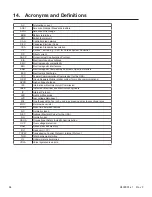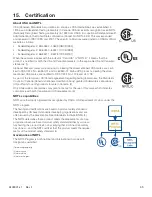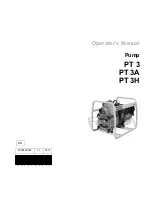
9400001-J1 Rev F
50
8.2 Connecting the Frame and Reference Grounds
CAUTION!
The grounding methods described in this section are generic. Follow local requirements
and electrical code.
NOTE: This power system is suitable for installation as part of a Common Bonding Network (CBN) and is intended
to be used in a DC-C configuration (common DC return).
Internal battery
return bus
Connect the power system internal battery return bus (BRB) to the building master ground
bus (MGB) or floor ground bus (FGB) in larger buildings. This acts as a system reference
and a low impedance ground path for surges, transients, noise, etc. The MGB or FGB
should have a direct low impedance path to the building grounding system.
Size the cable between the power system and the MGB or FGB so that there is sufficient
ampacity to clear the largest fuse or breaker on the power system, excluding the battery
protection fuse or circuit breaker—750 MCM is recommended. This is the minimum require-
ment. Other factors, including length of cable and special grounding requirements of the
load, must be factored in. Use two-hole crimp type lugs and insulated cable that does not
have any tight bends or kinks.
Optional external
battery return bar
Unless specifically instructed otherwise, the battery return reference (BRR) lead is usually
connected at the external battery return busbar shown in Figure 43.
Frame ground
Connect a cable (typically a 2/0 cable) between the frame of each bay and MGB or FGB.
This electrical continuity requirement can be met by the use of thread-forming type unit
mounting screws and star washers that remove any paint or non-conductive coatings and
establish metal-to-metal contact.
Figure 43 — Battery Return Busbars, Frame Ground and Battery Return Reference
To Master Ground
Bus or Floor
Ground Bus
Power bay
Power bay
Distribution
bay
Battery rack
Battery rack
Internal battery return bus
Optional external battery return bar
Reference ground 750 MCM
Frame ground 2/0
















































